- Home
- slideshows
- miscellaneous
- I took a rare look inside one of Amazon's giant warehouses right before the company hiked workers' wages - here's what I saw
I took a rare look inside one of Amazon's giant warehouses right before the company hiked workers' wages - here's what I saw
One of the first things you see when you enter the Kent fulfillment center is these robots hanging from the ceiling — they're the robots that move inventory around the facility. This particular set, now in retirement, was signed by day-one employees of the facility.

The facility is vast — just under 1 million square feet — and contains 18 miles of conveyor belts.

The Kent fulfillment center runs 22 hours per day, 363 days per year.
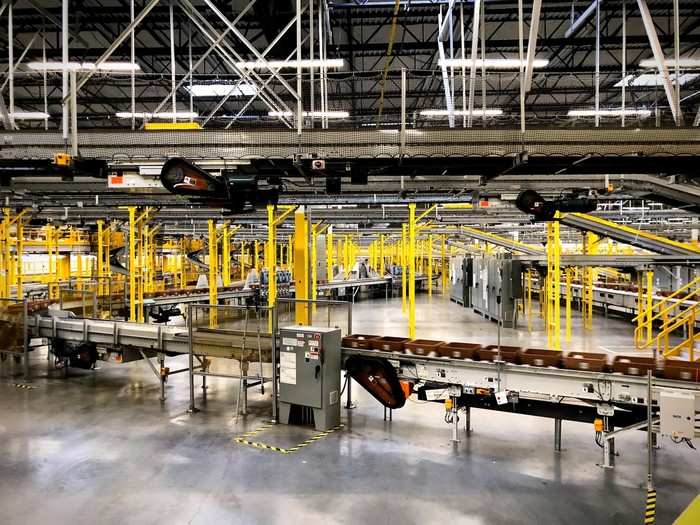
In one part of the facility, robots like the ones hanging in the entryway are responsible for moving inventory to and fro.
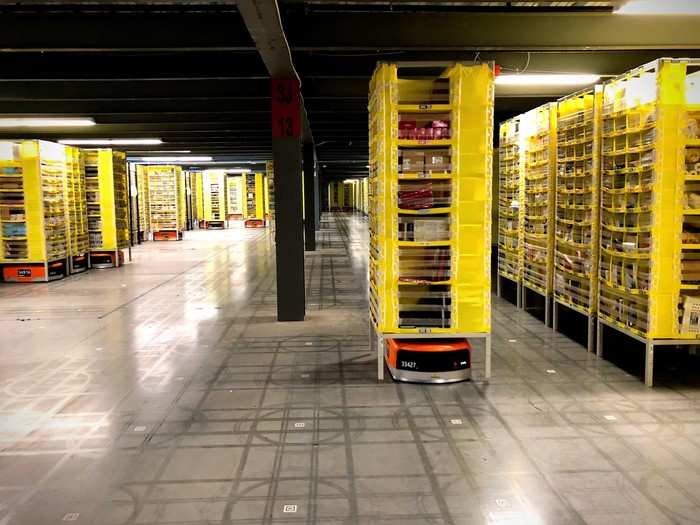
The robots rely on QR codes on the floor to map the room.
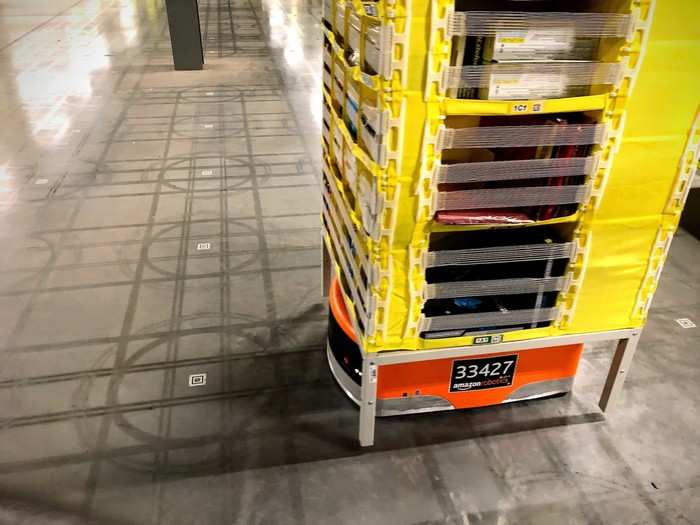
The fulfillment center relies heavily on these yellow bins, which I saw everywhere throughout my tour. Each bin has its own bar code, and items that arrive at the fulfillment center are sorted into these bins using a process Amazon calls "random stow."
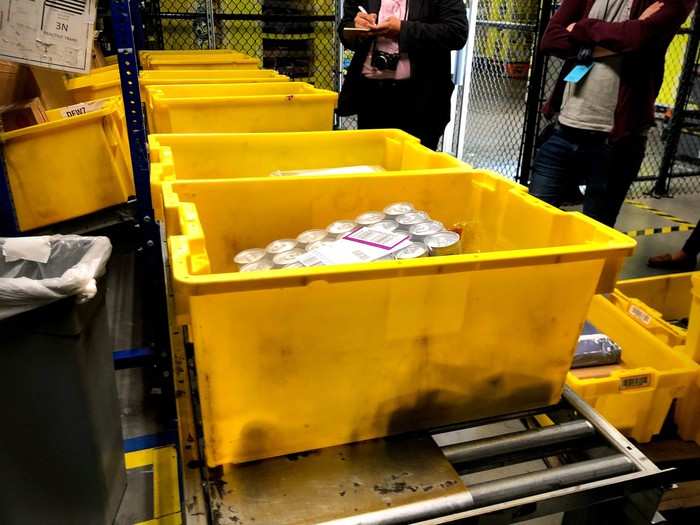
The items placed in the bins are not sorted according to product type or vendor — instead, random stow is used to group items, well, randomly.
Amazon says that using this randomized system has helped speed up the process. Large fulfillment centers have multiple "picking stations" throughout the facility, and grouping all similar or identical items would be too time-consuming.
Amazon doesn't say how many items are processed at its fulfillment centers every day, since it varies seasonally.
The items that pass through this particular fulfillment center are no larger than a toaster oven. When I peeked inside a few bins, I saw everything from diapers to soccer equipment to a 24-pack of kombucha.
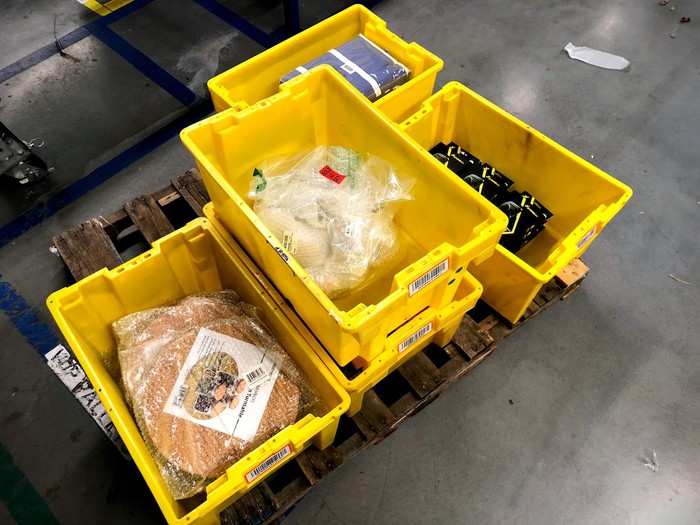
After items are entered into the system and stowed in bins, they're sent along the conveyor belt to be boxed up.
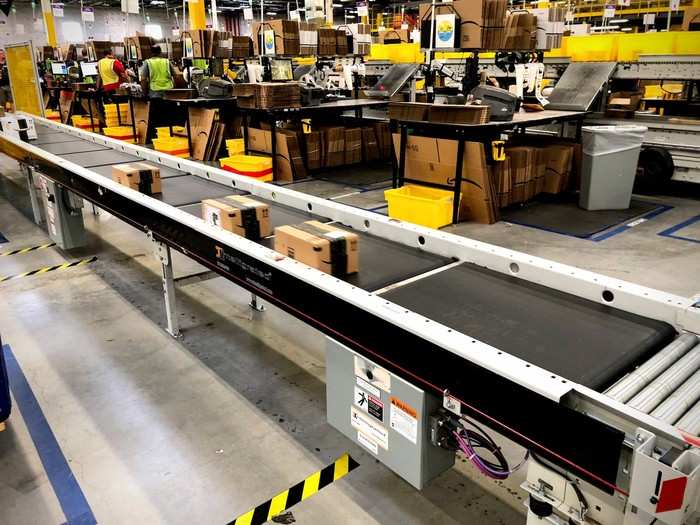
Employees will take a bin off the belt, scan it, and unpack it. Then, the system will tell them what type of box they need. An employee will assemble the correct box, fill it, and send it on its way.

The ubiquitous Amazon box is everywhere you turn, in every size imaginable, throughout the fulfillment center.
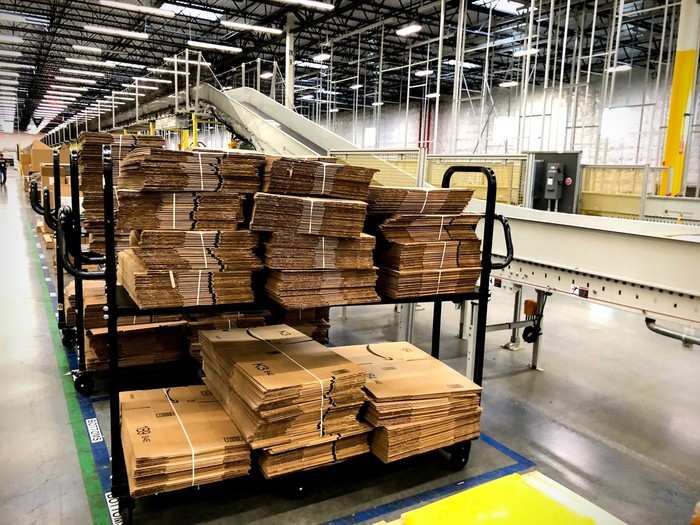
Here's a closer look at one of the boxing stations.
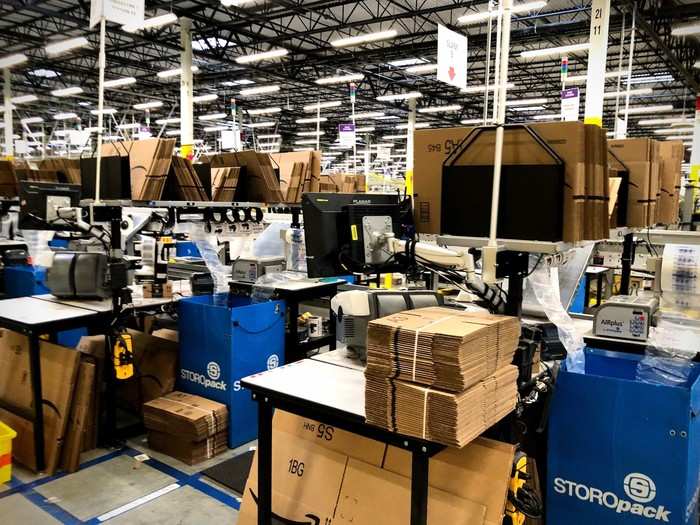
After a box is sealed and placed back on the belt, it's automatically weighed. Amazon's system then creates a label, which is pressed on by air.
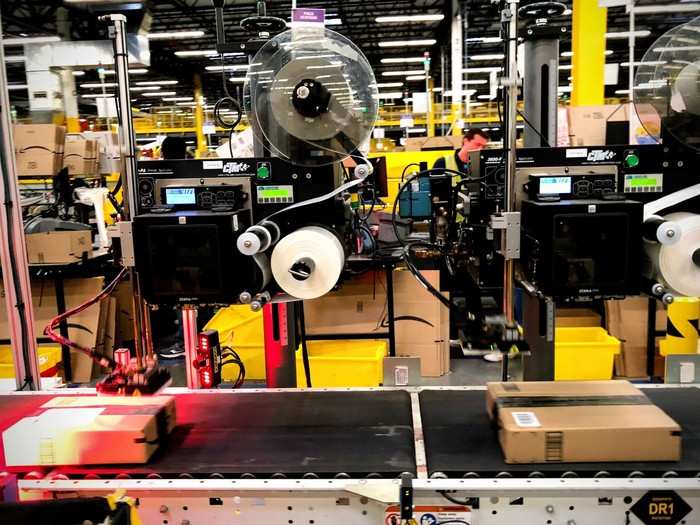
This system is called SLAM, which stands for "scan, label, apply, manifest." Amazon created the process about 20 years ago, during the early years of the company.
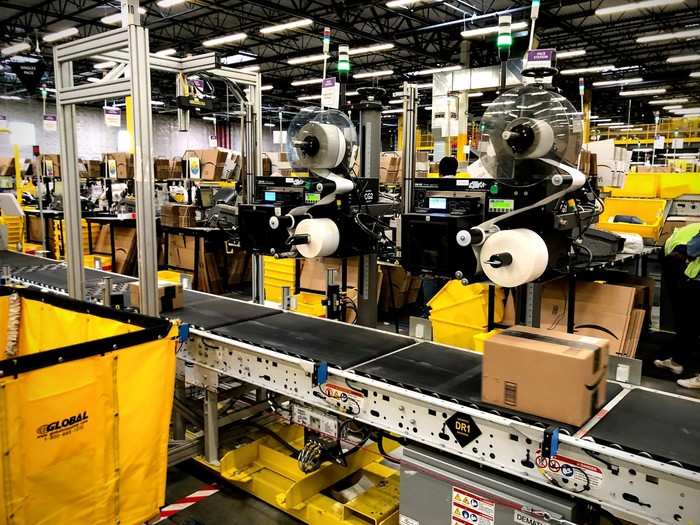
The Kent facility employs about 3,000 employees. Employees work 10-hour shifts four days per week, and take breaks throughout the day: once in the morning, once for lunch, and once again the afternoon.
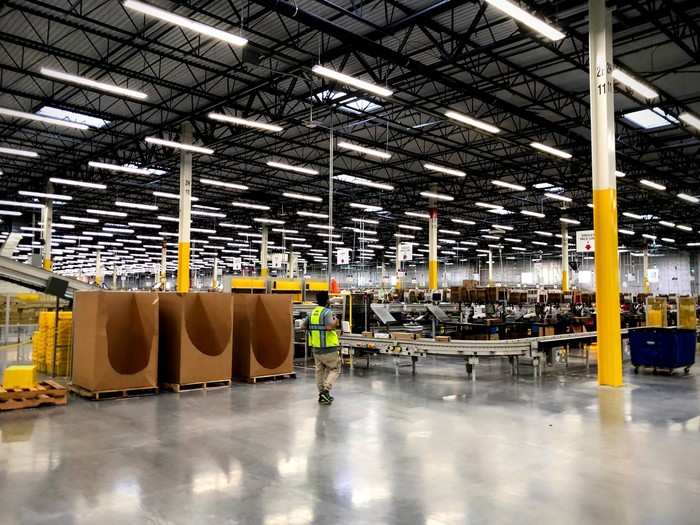
During my visit, we were asked not to speak with any employees we saw, since it was the middle of their work day. One reporter who hailed down an employee was quickly asked to keep moving.
Throughout the facility, I noticed vending machines with drinks and snacks inside. I also saw a large break room with long tables and chairs, not unlike a high school cafeteria. When I peeked in the window, it was empty.
Employees that I saw during my tour appeared to be working steadily and methodically, but no one appeared to be rushing around the facility to complete their tasks. I didn't see anyone stopping to take a break, but I didn't notice anyone look visibly upset or stressed, either.
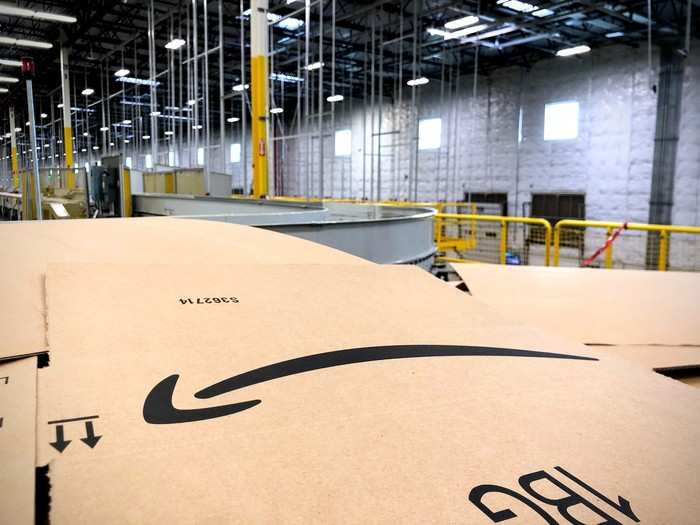
Reports from warehouse workers in other cities around the world paint a different picture, however.
Former employees said they would sometimes find human waste in trash cans because workers felt they could not take the time to go to the bathroom. Employees said that Amazon's focus on efficiency made them feel like "robots" that were only expected to do one thing, and to do it quickly.
Employees have also described job metrics that are "brutally aggressive," with workers being in a "constant state of anxiety" that they could be fired at any moment.
With the recent increase in employee pay, Amazon says fulfillment center employees will still have metrics to meet, but they will no longer be tied to pay. The end result should be higher and more predictable pay for workers, Amazon says.
When asked during my tour — which occurred before the pay raise — the Amazon employee leading the tour echoed that sentiment, saying that employee performance is measured as any other job would, and that it's more about quality than quantity.
For its part, Amazon seems to be getting more sensitive to criticisms of its fulfillment centers, and is making changes to how workers are treated.
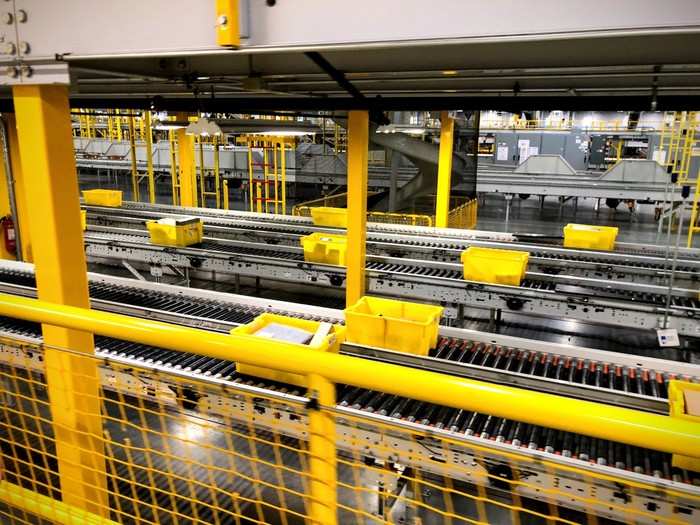
- Peeing in trash cans, constant surveillance, and asthma attacks on the job: Amazon workers tell us their warehouse horror stories
- The undercover author who discovered Amazon warehouse workers were peeing in bottles tells us the culture was like a 'prison'
- Amazon is raising its minimum wage to $15 following pressure from Bernie Sanders
- Amazon got rid of bonuses as it raised wages, and that might be better for employees
- Amazon just gave the clearest signal yet it's trying to save its reputation after attacks from all sides
Popular Right Now
Popular Keywords
Advertisement
